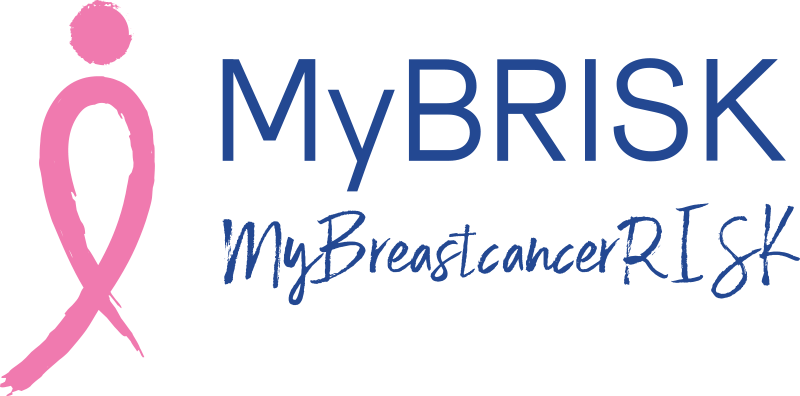Associate Professor Jennifer Brooks from the University of Toronto is nearing the end of a one-year sabbatical with MyBRISK in Melbourne. Jennifer leads a very similar program of work on risk-stratified screening for breast cancer in Ontario and Quebec. We ask Jennifer about her experiences with the Canadian and Australian programs.

What is your position in Canada?
I’m an Associate Professor of Epidemiology at the Dalla Lana School of Public Health at the University of Toronto. I lead a research program, teach in our graduate program (MPH and PhD) and mentor students.
Why are you in Australia?
I’m in Australia for my sabbatical. It is a chance to learn something new and to reflect on what work I’ve done and what I want to do next. This was my first time in Australia. I’m joined by my husband and two kids (aged 12 and 7). After COVID-19 lockdowns we were all ready for a bit of an adventure!
What have been your main activities while at MyBRISK?
I’ve learnt about how breast cancer screening works here (mostly in Victoria) and all the great work that is being done in this area. We are currently preparing a survey that will capture the attitudes and beliefs related to cancer screening of Australians – including how they feel about the application of genetics, risk prediction and artificial intelligence to inform screening. This survey includes questions that were asked in multiple Canadian populations and will allow for comparisons across jurisdictions.
What are the main differences in this field in Australia compared to Canada?
There seem to be more similarities than differences. Specifically, there are many similarities in the way that breast cancer screening takes place in Canada and Australia. While (like here) we have a national Medicare program, healthcare (including cancer screening) is administered and managed at the provincial level. This means that policies vary from province to province/territory.
In Ontario (the province that I am from) things are a bit different than they are here (and in other Canadian provinces). We have a High Risk Ontario Breast Screening Program where we use risk estimation to identify women at high risk for more frequent screening with MRI starting at age 30 years. We are able to build on this current program to explore the potential to expand risk-stratified screening beyond the high risk setting.
What are some of your key learnings while in Australia?
It’s been more about a shift in focus for my research. Through discussions with University of Melbourne’s John Hopper and Mark Jenkins it has become clear to me that one of the things I could do to improve the experiences of women at risk of breast cancer is to increase screening rates. The more women who are screened, the earlier the stage at diagnosis and the better the outcomes.
What are you planning next?
To this end, I’m planning to look at ways to apply these new technologies (e.g. AI) and approaches to screening to increase screening rates in under-screened populations.
What has been a highlight of your time in Australia?
We’ve had such a great time here. I think the highlight must be snorkelling at the Great Barrier Reef. It was even better than what I had imagined, and the kids loved it!
I’ve also really enjoyed meeting with and getting to know the other researchers working in my area of interest – and being a part of the MyBRISK team.
